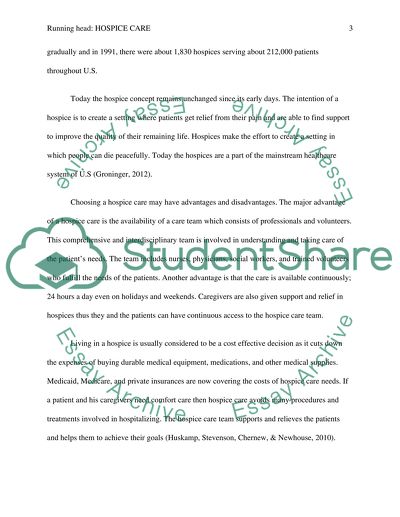Cite this document
(“Hospice Care Essay Example | Topics and Well Written Essays - 1000 words - 1”, n.d.)
Retrieved de https://studentshare.org/health-sciences-medicine/1639568-hospice-care
Retrieved de https://studentshare.org/health-sciences-medicine/1639568-hospice-care
(Hospice Care Essay Example | Topics and Well Written Essays - 1000 Words - 1)
https://studentshare.org/health-sciences-medicine/1639568-hospice-care.
https://studentshare.org/health-sciences-medicine/1639568-hospice-care.
“Hospice Care Essay Example | Topics and Well Written Essays - 1000 Words - 1”, n.d. https://studentshare.org/health-sciences-medicine/1639568-hospice-care.


